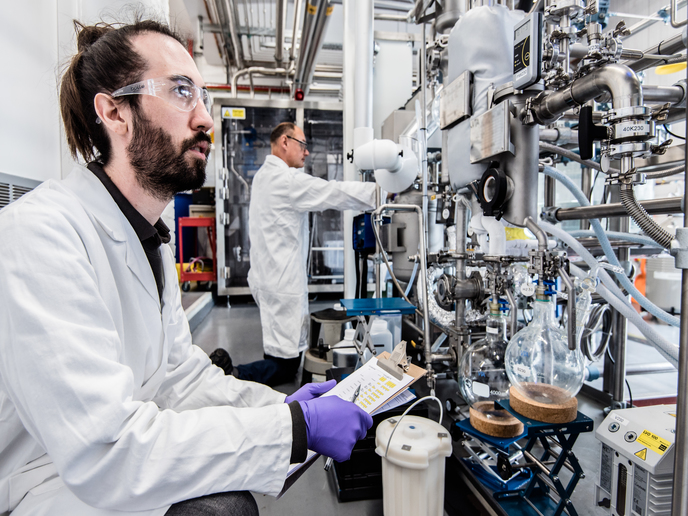EU-Russia cooperation in nanostructures
Heterostructures and nanostructured thin films can exhibit a nearly unparalleled range of electronic and magnetic properties. This would further enhance performance of data storage devices, catalysis, sensoristics or molecular electronic devices. Russia is a leader in research in the field of ordered hetero and nanostructures with epitaxial dielectrics. The project ONDA(opens in new window) (Ordered hetero- and nano-structures with epitaxial dielectrics for magnetic and electronics applications) brought researchers from three EU countries and Russia closer through joint research and experimental activities. One of the project activities concerned the study of the effect of the fluoride barrier layer induced by ultrathin ionic fluorides. Scientists concluded that fluoride ultrathin layers act as extremely efficient barrier layers against substrate semiconductor oxidation. This can have an impact on the fabrication of ultrathin insulator/semiconductor devices in which sharp interface engineering at the nanoscale is fundamental to enhance device performance. Novel types of fluoride-based ferromagnetic/antiferromagnetic nano-heterostructures were fabricated with varied interlayer thicknesses and ferromagnet overlayer nanostructuring (from nanoparticles to continuous films). Magnetic properties were studied and magnetic proximity effects were observed at interfaces between materials with different magnetic behaviour. Scientists used a new surface-sensitive technique to study molecular orientation, film ordering and chemical reactivity at the interface between organic thin films and inorganic substrate. Findings were extremely encouraging for the extensive study of organic interfaces on dielectrics, where electrical charging can inhibit the use of conventional and popular electron spectroscopies. Another achievement was growing heterostructures based on ion conducting materials. Such materials can be the basis of new classes of efficient all-solid-state electrolytes in energy storage devices and miniaturised gas sensors. The team prepared and studied novel types of magnetic and bimagnetic nanoparticles, in which both the shell and the core are magnetic or antiferromagnetic. These systems present appealing new properties such as enhanced superparamagnetic blocking temperatures or tunable coercivity. Project findings were presented at conferences and published in peer-reviewed international journals. A list of publications can be found at the project website(opens in new window).







